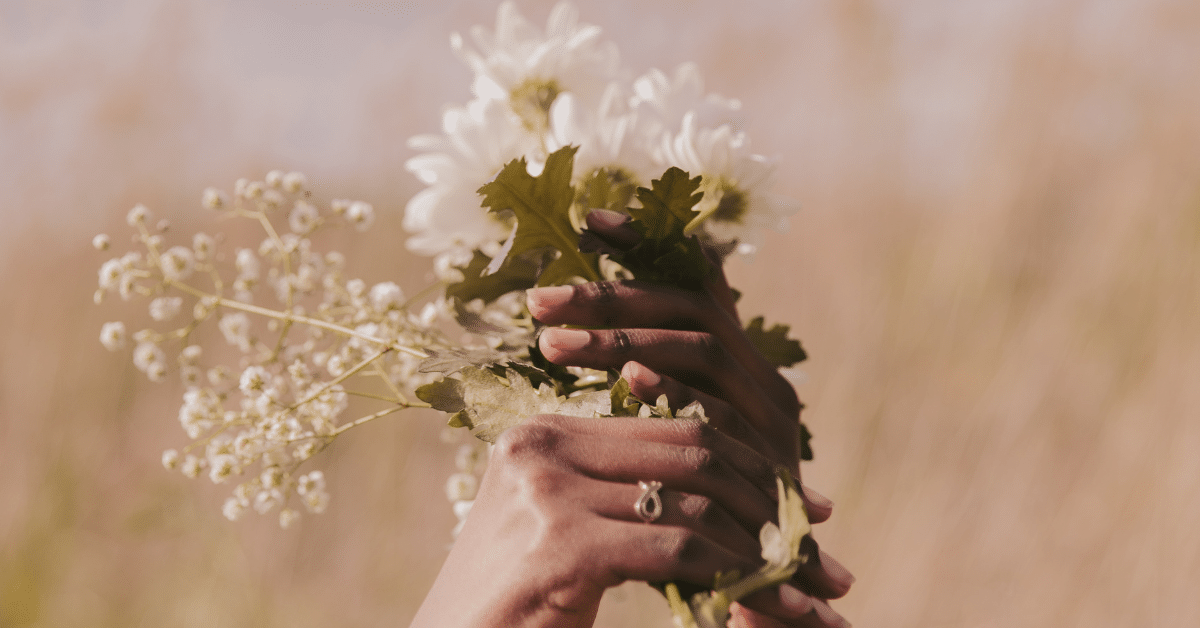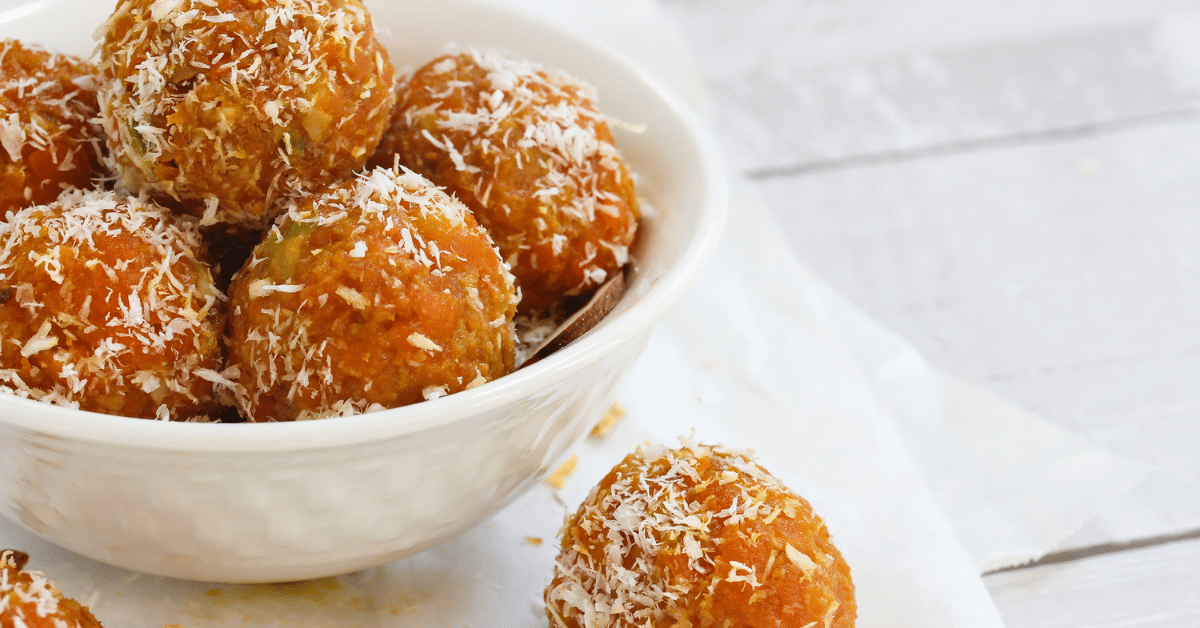
Cooling, grounding and hormone-nourishing, these Sacred Cycle Sweets weave together shatavari, fennel and cardamom to support women’s cycles while offering a naturally sweet treat for body and spirit.
Here's How to Make My Sacred Cycle Sweets:
Ingredients (makes ~10):
- 1 cup shredded coconut
- ½ cup cashews, soaked 2 hrs
- 6 Medjool dates
- 1 tsp shatavari powder
- 1 tsp cardamom
- ½ tsp fennel powder
- 1 tsp vanilla extract
- Pinch pink salt
- 1 tbsp coconut oil
Instructions:
- Blend cashews + coconut into a paste.
- Add dates, shatavari, spices + vanilla. Process until dough forms.
- Roll into balls, coat with extra coconut. Refrigerate.
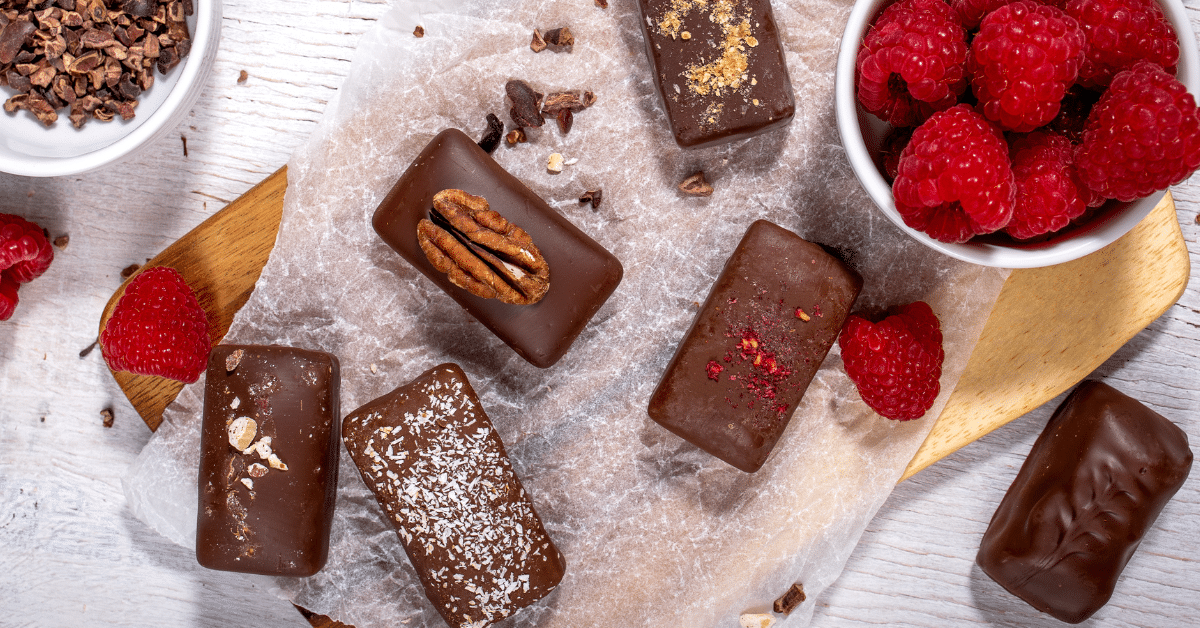

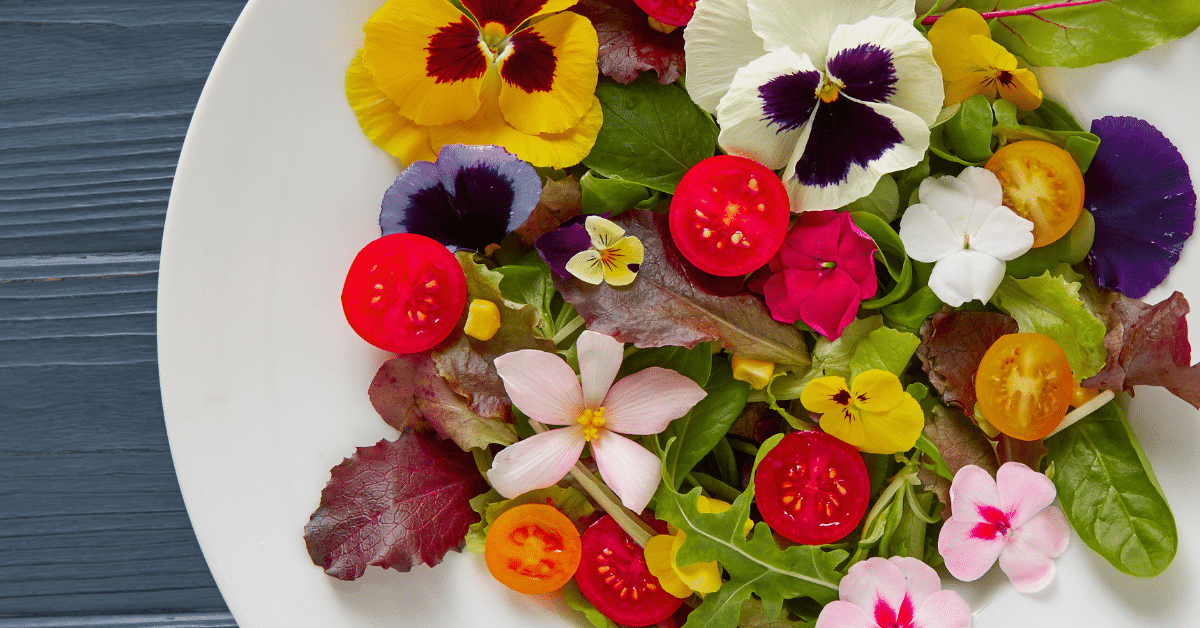
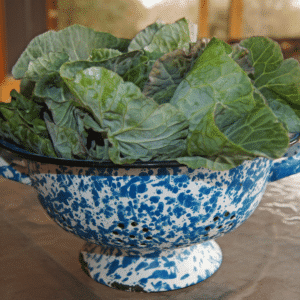 Here's How to Make my Perfect Summer Salad:
Here's How to Make my Perfect Summer Salad: